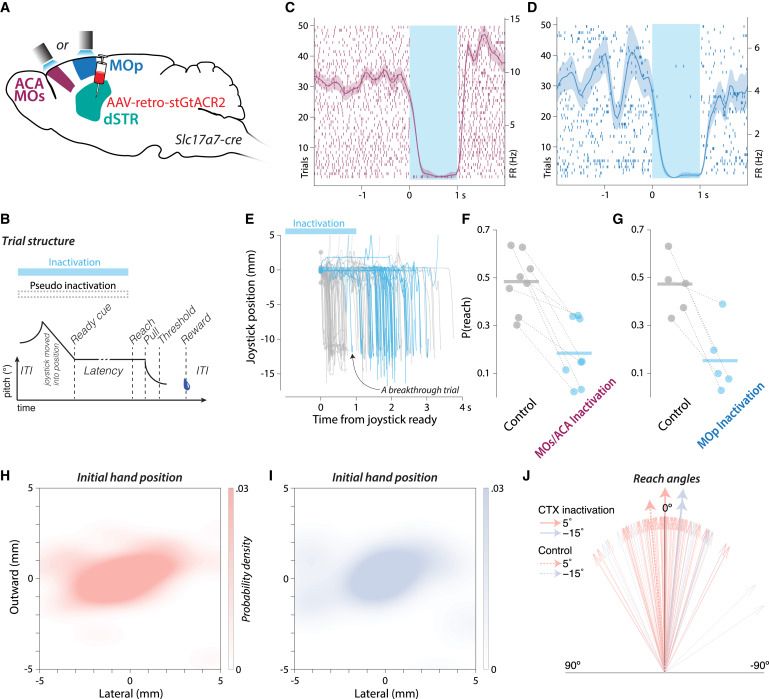
Talks will be given by:
- @annrosebright.bsky.social, PhD👩🔬
- Peter Hasenhuetl, PhD 🔬
- Minhyeok Chang, PhD 🧑🔬
- @zhenggang.bsky.social, PhD 🥼
Register Today! Yale only.

Talks will be given by:
- @annrosebright.bsky.social, PhD👩🔬
- Peter Hasenhuetl, PhD 🔬
- Minhyeok Chang, PhD 🧑🔬
- @zhenggang.bsky.social, PhD 🥼
Register Today! Yale only.
My new Gut–Brain Axis Lab at Northwestern is looking for a Research Technologist 2 to help build the lab and explore how the nervous system shapes gut health and disease.
🔬 Apply here: myhr.northwestern.edu/psp/hrnu/EMP...
My new Gut–Brain Axis Lab at Northwestern is looking for a Research Technologist 2 to help build the lab and explore how the nervous system shapes gut health and disease.
🔬 Apply here: myhr.northwestern.edu/psp/hrnu/EMP...
A brief rundown...
www.nature.com/articles/s41...

A brief rundown...
www.nature.com/articles/s41...

Proper job ad pending, but email me if interested!
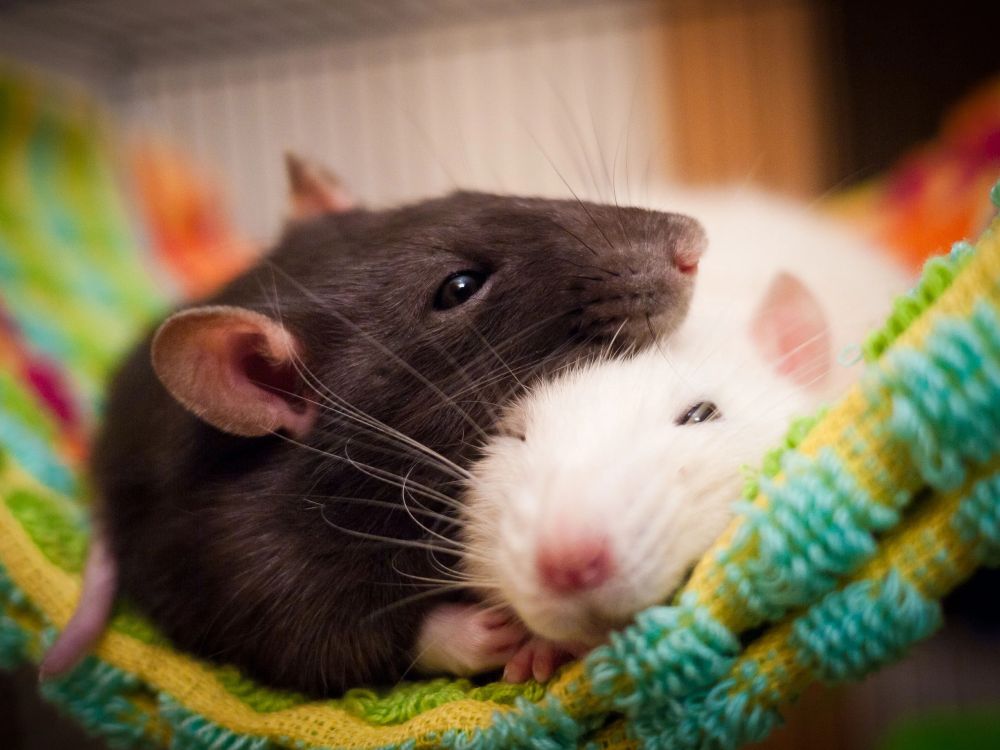
Proper job ad pending, but email me if interested!
www.nature.com/articles/s41...
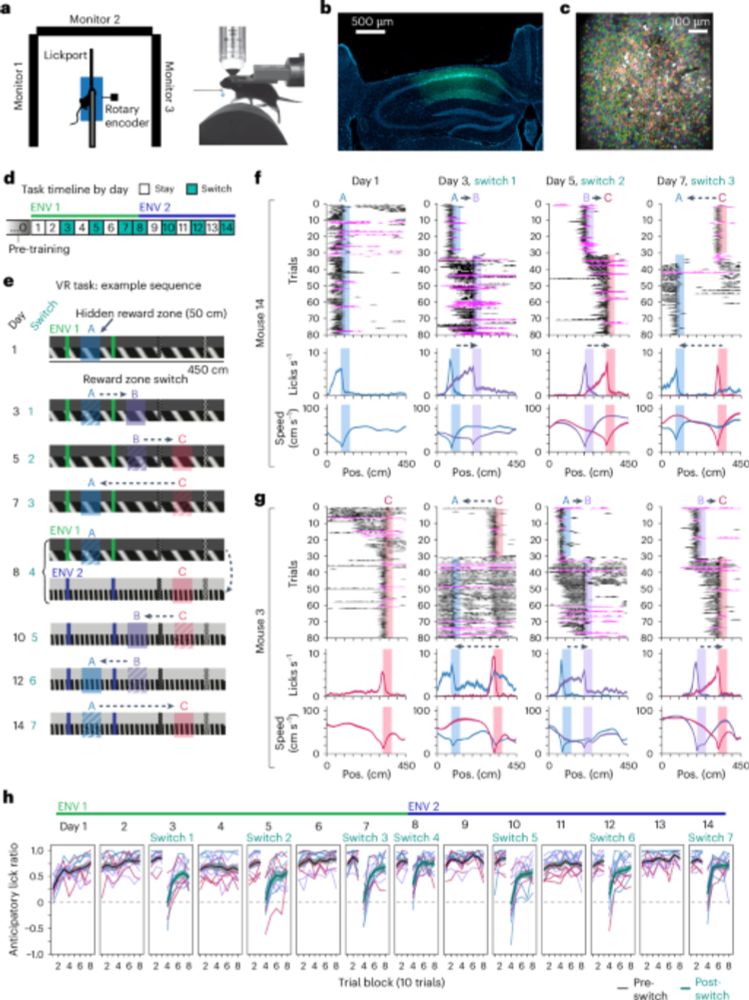
www.nature.com/articles/s41...

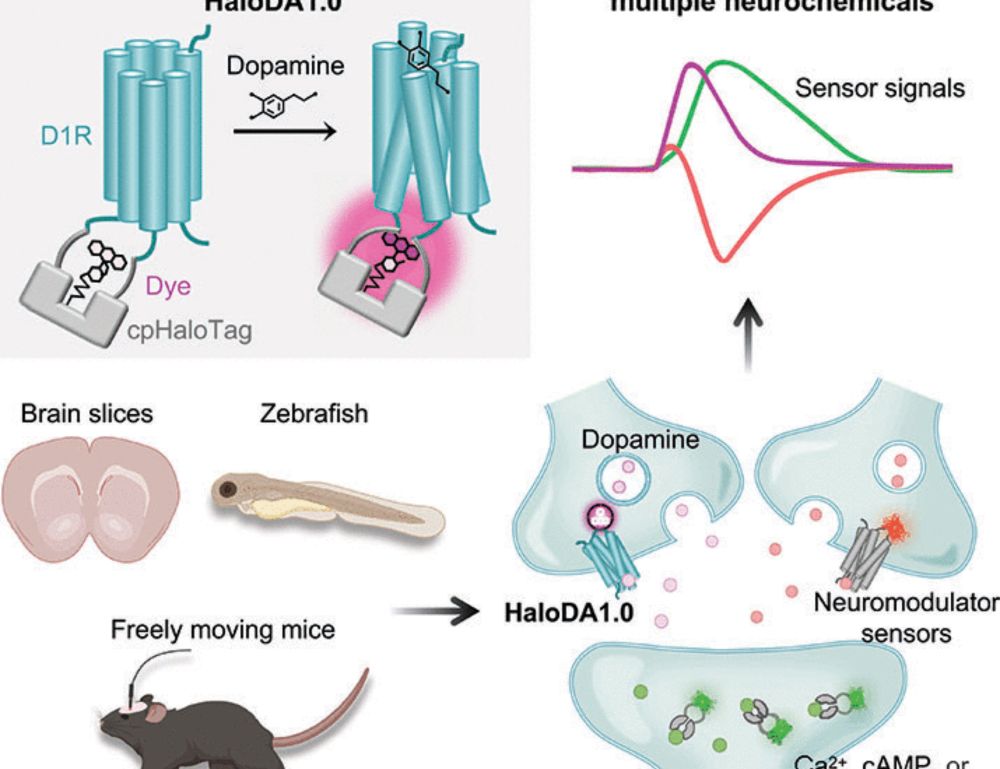
science.org/doi/10.1126/... 1/8
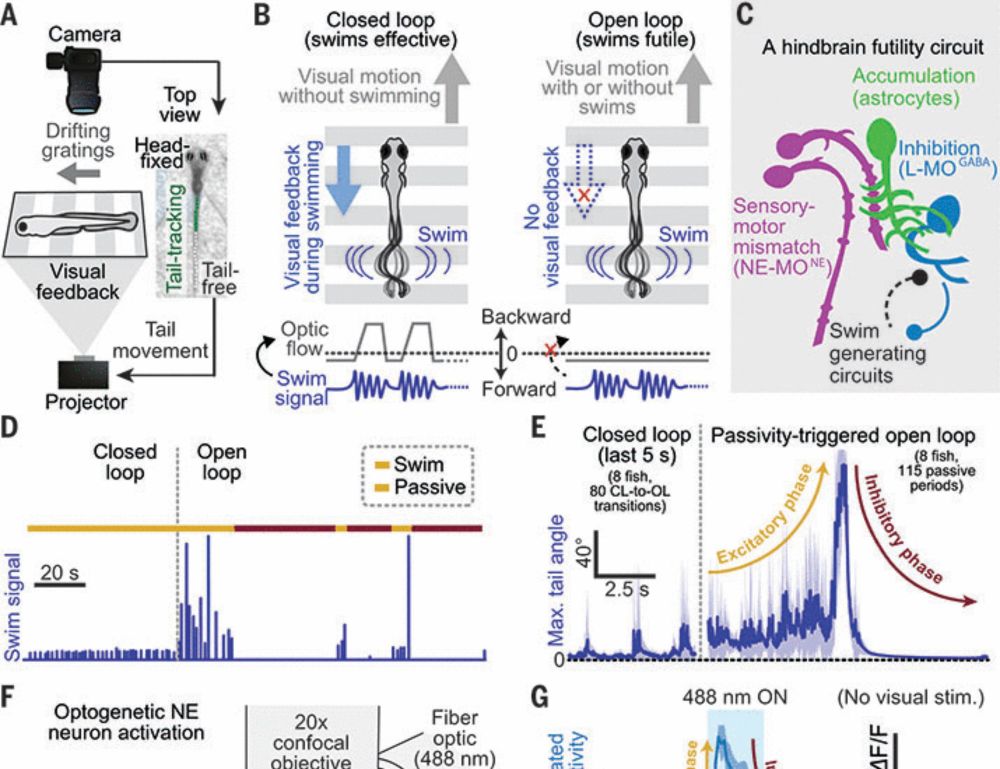
science.org/doi/10.1126/... 1/8
www.science.org/doi/full/10....
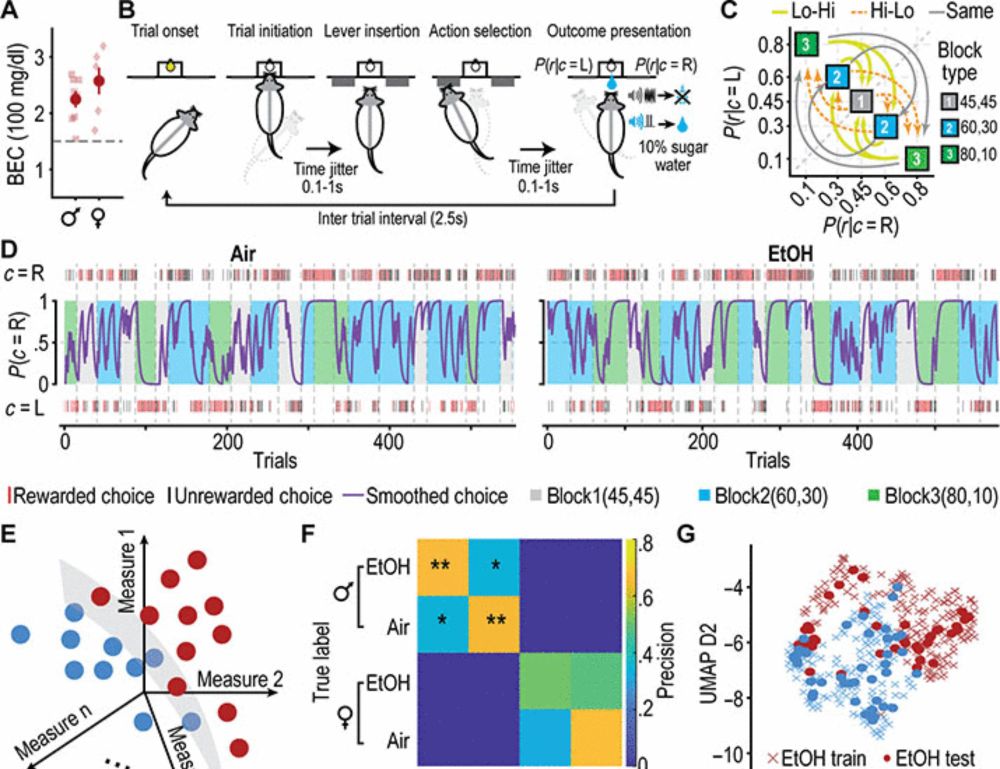
www.science.org/doi/full/10....
Suite3D: Volumetric cell detection for two-photon microscopy
by @haydari.bsky.social & team.
www.biorxiv.org/content/10.1...

Suite3D: Volumetric cell detection for two-photon microscopy
by @haydari.bsky.social & team.
www.biorxiv.org/content/10.1...

Hedonic eating (eating for pleasure, not need) is mediated by dopamine neurons (in the brain ventral segmental area, VTA) and they are antagonized by GLP-1 drugs, such as semaglutide, leading to weight loss
www.science.org/doi/10.1126/...

Hedonic eating (eating for pleasure, not need) is mediated by dopamine neurons (in the brain ventral segmental area, VTA) and they are antagonized by GLP-1 drugs, such as semaglutide, leading to weight loss
www.science.org/doi/10.1126/...
